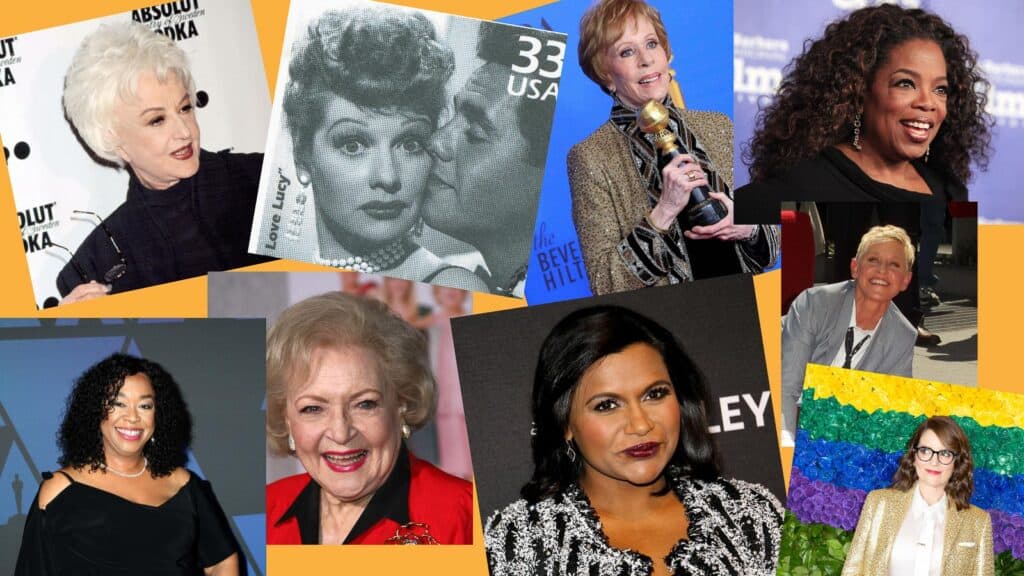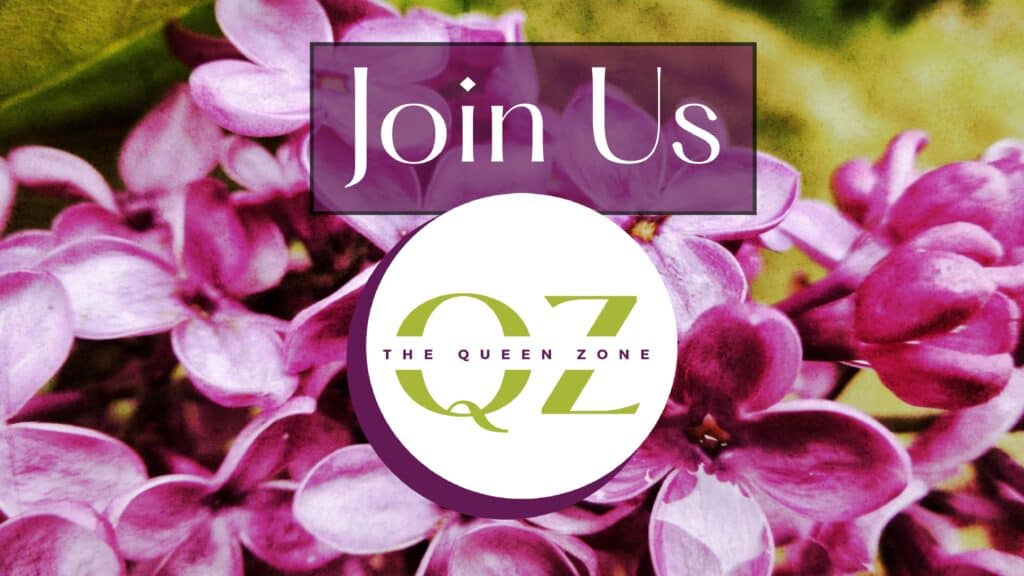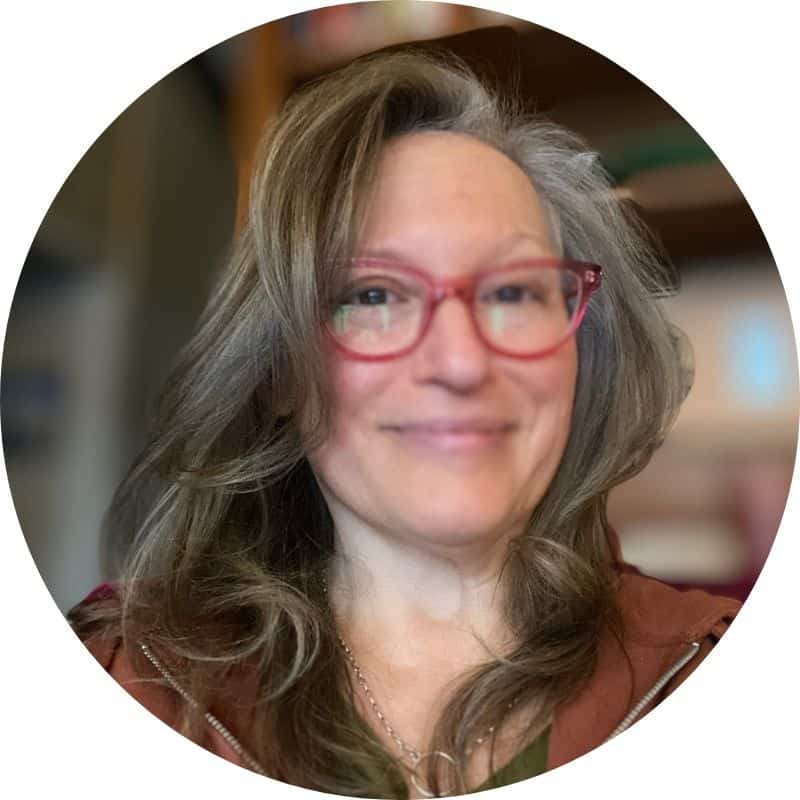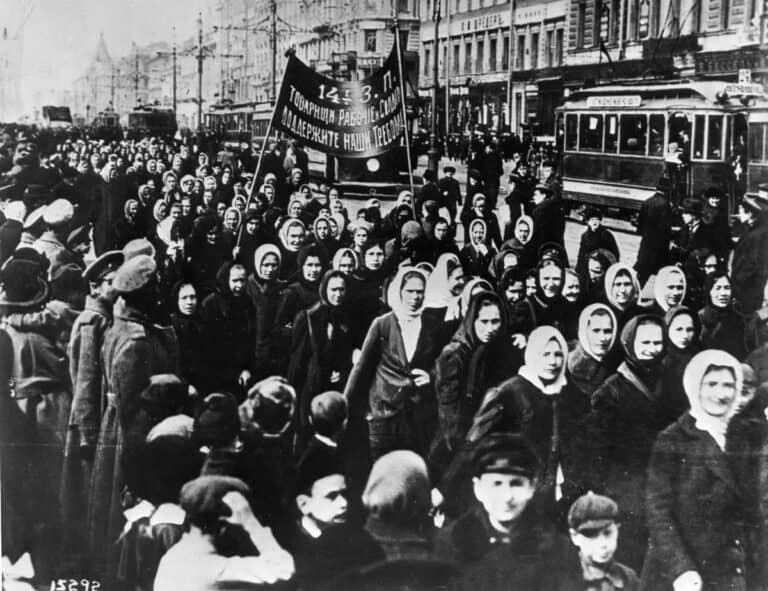How Hollywood Treats Older Women: The Good, the Bad, and the Ugly
Hollywood, as an industry, has long been a reflection of societal norms, shaping and being shaped by culture. Its portrayal and treatment of older women, however, often highlights some glaring disparities. While some advancements have been made, there remain deeply ingrained challenges. The treatment of older women in Hollywood can be summed up in three categories: the good, the bad, and the ugly.
The Good: Progress in Representation

In recent years, there has been a noticeable shift in Hollywood’s approach to older women, largely driven by changing social attitudes and the influence of social movements like #MeToo and Time’s Up. More women are being cast in substantial, nuanced roles well beyond the typical “sell-by” age of 40, breaking a long-standing Hollywood tradition of treating women as disposable once they pass a certain age.
Who Can We Look To?

Meryl Streep, Helen Mirren, Viola Davis, and Frances McDormand are prime examples of actresses who have continued to enjoy robust, critically acclaimed careers well into their later years. These women are now playing lead roles, often in stories where their age and experience are key components of their characters, not weaknesses. Meryl Streep, for instance, has led films like The Iron Lady and The Post, portraying powerful women with depth and complexity. Helen Mirren, who won an Academy Award for her role in The Queen, has continued to work in major projects across multiple genres.
The Landscape has Changed

Similarly, the growing popularity of streaming services like Netflix, Amazon Prime, and HBO has allowed for greater flexibility in content, opening up spaces for older women. For example, shows like Grace and Frankie demonstrate that older women can be both funny and relatable, exploring issues like aging, friendship, and sexuality.
Moreover, older women are increasingly being celebrated for their wisdom, gravitas, and experience in ways that were previously uncommon in mainstream media. This movement toward better representation and stronger roles provides inspiration for future generations of actresses who may not fit the narrow mold Hollywood has long imposed.
The Bad: Limited Opportunities

Despite progress, the reality is that opportunities for older women in Hollywood are still limited compared to their male counterparts. Ageism remains rampant, with older actresses often finding themselves sidelined in favor of younger stars, especially in big-budget, high-profile films.
Older Male Actors Have Opportunity

While older male actors like George Clooney, Brad Pitt, Tom Cruise, and Liam Neeson can continue to play leading men well into their 50s and 60s (often opposite much younger female co-stars), women in the same age group often struggle to find comparable roles. Actresses like Nicole Kidman, Sandra Bullock, and Julia Roberts have spoken openly about the dearth of roles available to them as they’ve aged, pointing out how they are no longer cast as love interests or action stars despite being at the peak of their careers.
The Mother, The Grandmother Blah, Blah, Blah

Furthermore, the roles that older women are offered are often stereotypical and one-dimensional: the mother, the grandmother, or the villain. These roles tend to lack the depth and complexity that male characters enjoy. For instance, in many films, the older woman is relegated to a side role that serves to bolster the male lead’s storyline, reinforcing the idea that women’s relevance fades with age.
Compounding this problem is the fact that Hollywood executives often hesitate to cast older women in action films or romantic comedies, two genres that are highly lucrative. Even in genres where women historically had more of a presence—such as drama—there is a significant drop-off in opportunities as actresses age.
The Ugly: Objectification and Ageist Tropes

The way Hollywood treats older women goes beyond mere oversight; there are often egregious instances of ageism and sexism that show how ingrained these problems are. Youth, beauty, and sexuality are still prized in Hollywood, with older women facing extreme pressure to look younger than their years in order to stay relevant. This often leads to an obsession with cosmetic procedures, from Botox to facelifts, as older actresses attempt to conform to the industry’s unrealistic beauty standards.
Wise vs. Beauty?

A glaring example of this is the stark difference in how aging women and men are portrayed on-screen. While older men are frequently depicted as wise, authoritative, or even desirable, older women are often desexualized or ridiculed for trying to maintain their youth. This feeds into the stereotype that a woman’s value is tied primarily to her appearance and ability to remain youthful.
Age Matters In Both Directions

Hollywood is also guilty of casting women in age-inappropriate roles, either by casting younger women in roles that should go to older women or by pairing much younger women with significantly older men in romantic roles. This sends a clear message: older women are not considered attractive or capable of holding the romantic interest of male leads, even though the reverse scenario is widely accepted.
Do You Believe In Witches?

One of the ugliest aspects of Hollywood’s treatment of older women is the frequent use of “hag” or “crone” archetypes. These older women are often depicted as bitter, vengeful, or evil—think of the Wicked Witch in The Wizard of Oz or Maleficent in Sleeping Beauty. The use of these characters reinforces the harmful stereotype that older women are undesirable and untrustworthy, a trope that has existed for centuries and is still widely seen in contemporary cinema.
Shifting Paradigms: Is Change on the Horizon?

While Hollywood’s treatment of older women still leaves much to be desired, there are reasons to be hopeful. The success of women-led films and television series that showcase older actresses indicates a shift in audience demand. Movies like Book Club and 80 for Brady have proven that there is a market for stories centered around older women, particularly if these characters are complex, funny, and engaging.
Women Speak Out

In addition, more actresses and filmmakers are using their platforms to call out the ageism and sexism they face in the industry. Actresses like Emma Thompson and Jane Fonda have been vocal advocates for better representation, speaking candidly about the pressures they feel to conform to Hollywood’s narrow standards of beauty. These conversations are forcing the industry to reconsider its treatment of older women, not only in terms of casting but also in how their stories are told.
Independent Films Offer More Opportunity

Finally, the rise of independent films and streaming platforms has given older women more opportunities to star in and produce their own content. With these changes, there’s hope that Hollywood will continue to move toward a future where older women are celebrated for their talent, experience, and complexity, rather than sidelined due to their age.
Conclusion

The way Hollywood treats older women is a complicated mix of progress and persistent challenges. While there are certainly more opportunities for older women today than in the past, the industry still has a long way to go in terms of offering them equal opportunities and eliminating ageist stereotypes. As society continues to evolve, Hollywood must keep pace by celebrating women of all ages for their talent and humanity, ensuring that they are given the space and opportunity to shine on screen well into their later years.
13 Female Artists Breaking Barriers and Making History in the Art World

While it’s safe to say that women have been historically left behind in the art world, it’s also a contemporary issue. Many of the greatest contemporary female artists are not well-known, but we’d like to change that, especially because there are so many inspiring ones.
You might know Frida Kahlo, Annie Leibovitz, and Georgia O’Keeffe, but we’ve rounded up some other fabulous modern female artists you may not be familiar with. Discover how these exceptional artists made their mark in the art world.
READ: 13 Female Artists Breaking Barriers and Making History in the Art World
National Museum of Women in the Arts: Redefining How we See Women Artists & Their Art

The National Museum of Women in the Arts recently concluded a two-year closure for renovations and expansion. Located in the heart of Washington, D.C., the museum unveiled its newly renovated galleries back in October.
READ: National Museum of Women in the Arts: Redefining How we See Women Artists & Their Art
10 Trailblazing Women Who Have Shaped Television History

Television has long been a powerful medium for storytelling, entertainment, and cultural influence. Throughout its history, numerous talented women have made significant contributions to the world of television, breaking barriers, challenging norms, and leaving an indelible mark on the industry. From on-screen talent to behind-the-scenes innovators, these women have influenced television in profound ways. Here are 10 trailblazing women who have shaped television history. We have included some of their television associated awards, as well as awards that extend beyond TV.
READ: 10 Trailblazing Women Who Have Shaped Television History
Join Us

Join us on this empowering journey as we explore, celebrate, and elevate “her story.” The Queen Zone is not just a platform; it’s a community where women from all walks of life can come together, share their experiences, and inspire one another. Welcome to a space where the female experience takes center stage. Sign up for our newsletter so you don’t miss a thing, Queen!







